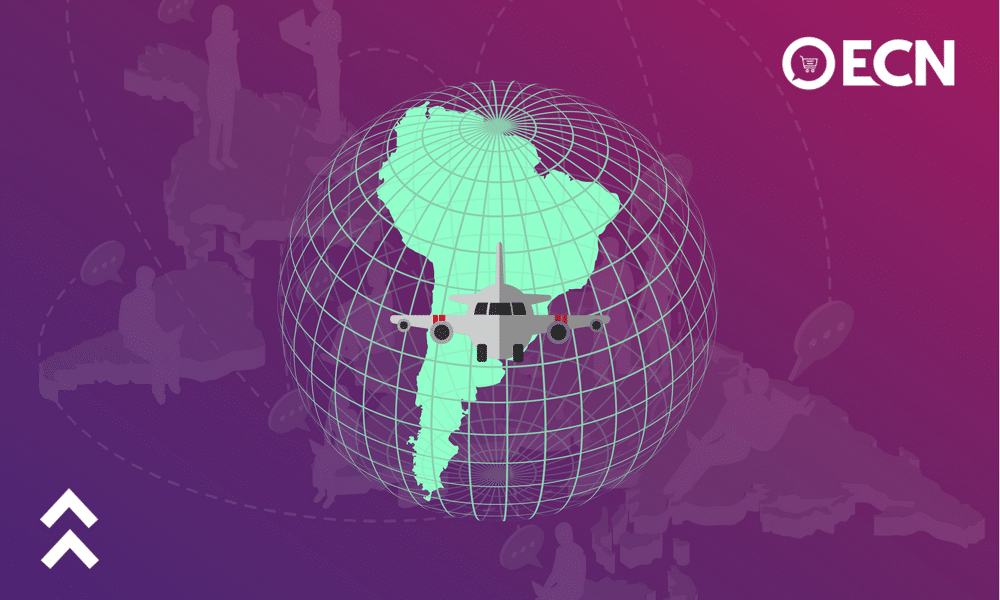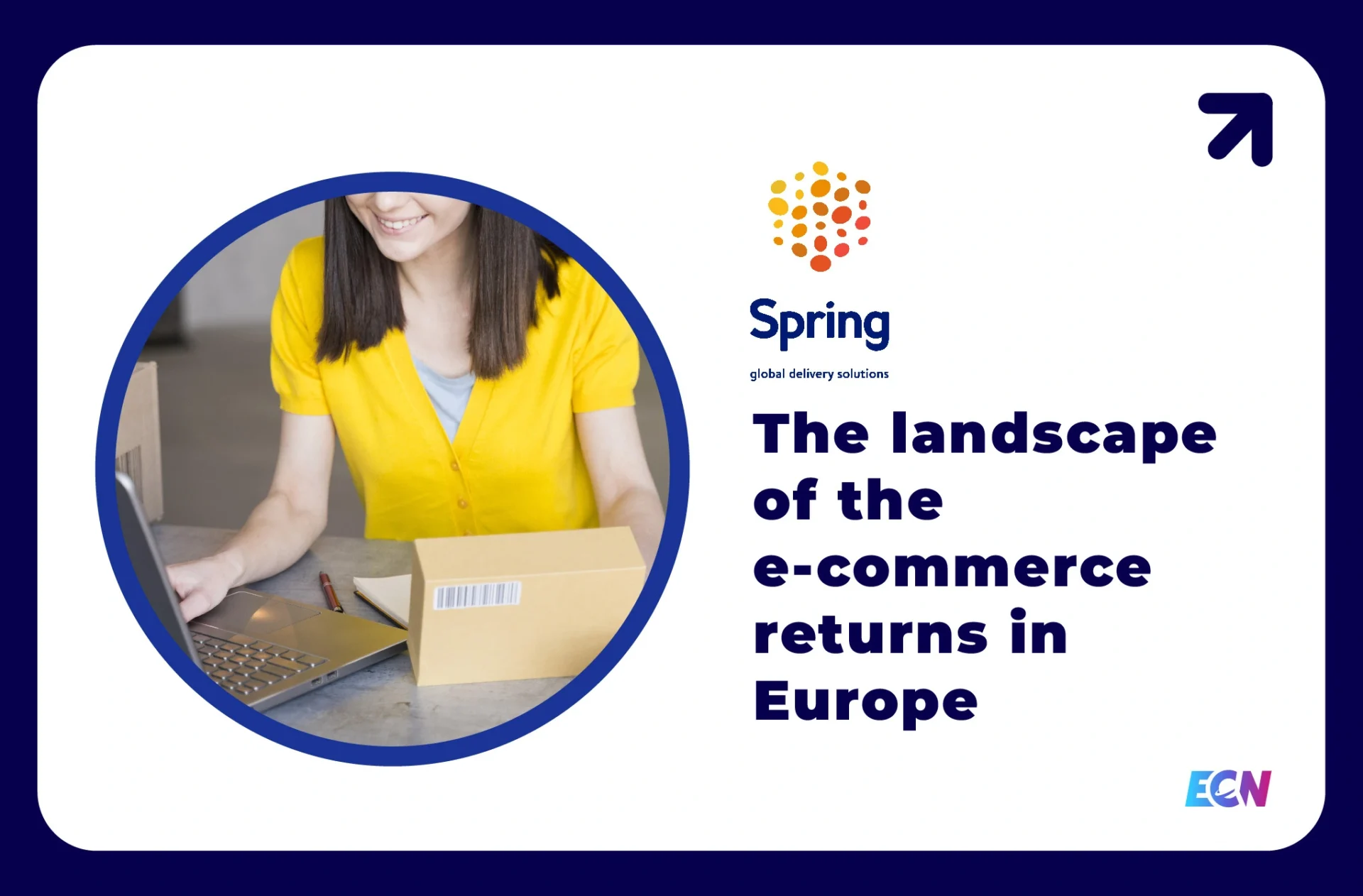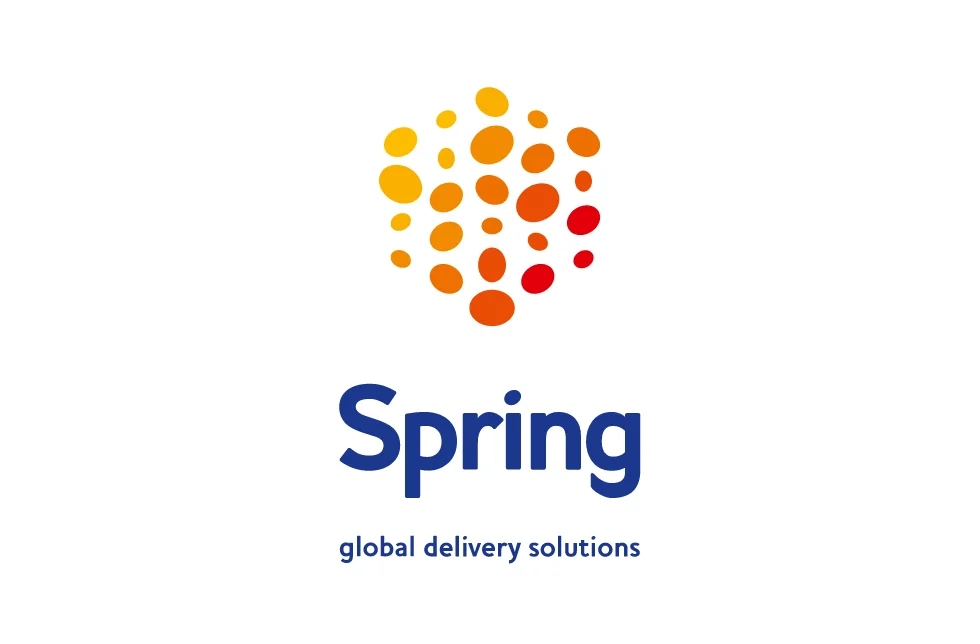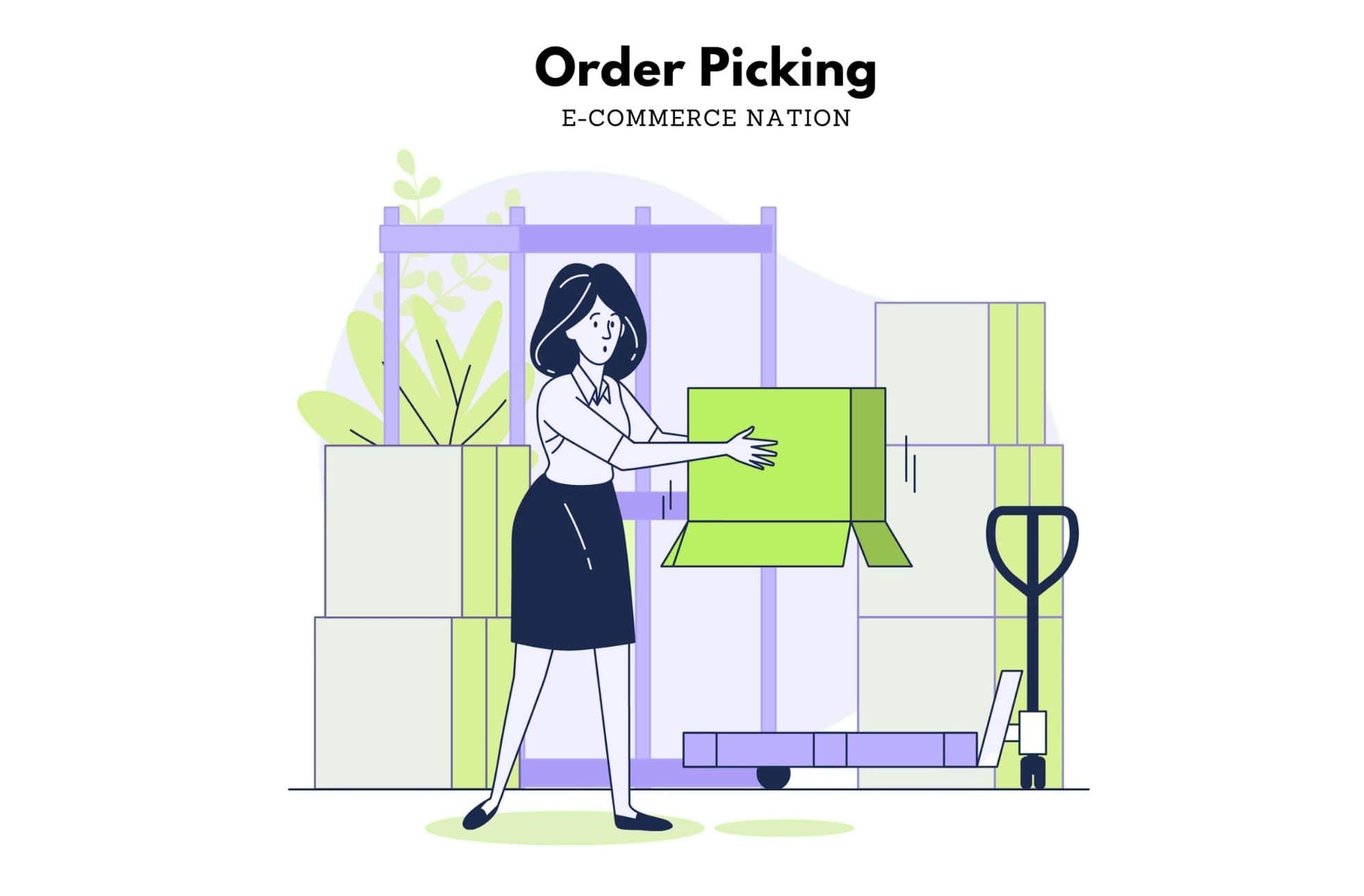Latin Americans from northern Mexico to the southern-tip of Argentina are some of the most active internet users in the world. Increasing smartphone ownership, expanding internet connectivity and a rising middle-class is propelling the rapid adoption and evolution of e commerce for both domestic and cross-border online sales are a part of the e commerce landscape in Latin America.
First-Mover Advantages & Increasing Sales in the Ecommerce landscape
Comprised of over 40 nations and a population exceeding 650 million, Latin America and the Caribbean offer promising opportunities for ecommerce merchants of all sizes. The world’s largest ecommerce giants have started investing heavily within Latin America, some with test markets and others with full regional expansion strategies. These ecommerce merchants and SMEs are looking to Latin America to boost sales with the extensive growth potential and ample first mover advantages – still available for the taking.
As the speed of growth is slowing in mature markets, Ecommerce Landscape in Latin America is heating up and is one of the fastest growing areas. The compound annual growth rate has been projected to achieve 17% between 2014 to 2019, reports Business Insider. The demand for diverse, quality products and the latest services will only rise as Latin Americans continue their embrace of global trends and seek ways to access them faster.
In 2016, B2C ecommerce sales exceeded USD 57 billion throughout the region, as published by Statista. The top three nations achieving the biggest growth regarding the Ecommerce Landscape in Latin America are Brazil, Mexico and Argentina. Combined, the three nation’s sales accounted for more than half of all ecommerce revenue in the region.
The Largest e-commerce market in Latin America: Brazil
Taking a closer look at Brazil, the region’s largest domestic economy and the biggest e commerce growth in Latin America: it is home to over 207.5 million residents and has an area that covers over half of the continent of South America.
In 2017, Brazilians spent USD 2.7 billion purchasing from cross-border ecommerce sites as reported in the WebShoppers 2018 edition, supported with data collected by Ebit. The report also calculated that over 55 million Brazilians made at least one online purchase throughout the year, which was an increase of 15% compared to 2016. This trend is set to continue as more merchants enter the ecommerce market offering a wide range of products and services, coupled with accepting local payment methods.
Supported by the high e commerce sales volume in Brazil, Mexico and Argentina, the entire region of Latin America is on track to surpass USD 84.75 billion in online sales by 2019, according to Statista.
Selling to the Fullest Potential in Latin America
For merchants interested in the immense growth potential regarding ecommerce in Latin America and what it offers, it is important to understand and adopt cultural purchasing preferences. This includes gaining consumer trust by offering local payment methods. It involves accepting alternatives such as cash payment options, domestic credit cards and providing installment purchasing plans, as the payment strategies that support for strong ecommerce sales in North America and Europe, often do not work in this region.
Today, around 49% of the adult Latin American population is unbanked, according to 2015 data of the World Bank. Therefore, these individuals have no access to credit cards and without the ability to pay with local payment methods they are unable to make ecommerce purchases. Cross-border ecommerce merchants must take into consideration the risk of losing these customers.
Adding fuel to the fire, banked Latin Americans with credit cards often experience their attempts to pay for cross-border ecommerce purchases declined. This is due to limited card permissions, which restrict card transactions for only domestic purchases. Eager consumers throughout the region have the money to complete their purchases, but no way to pay merchants that only accept credit cards that transact internationally.
However, the demand for popular cross-border products and services, such as fashion and accessories, music streaming, electronics, unique accommodations and experiences while traveling, appliances, online gaming subscriptions and health and cosmetic products continues to grow.
Today, merchants who enter the Ecommerce Landscape in Latin America with a payment strategy that supports cultural preferences ensure market access to the entire population. The solution to a successful market entrance in Latin America relies on offering local payment methods which include:
- Accepting cash/voucher payments;
- Processing domestic cards (debit and credit);
- Enabling bank transfers;
- Providing the option to pay in installments.
Adopting these culturally specific payment preferences is a market entrance strategy on the Ecommerce Landscape in Latin America that cannot be stressed enough because ecommerce merchants who enter the region only accepting international credit card payments instantly limit their market.
Ecommerce landscape in Latin America and Local Payments: Cash/Vouchers & Installments
Regardless of bankarization, one-hundred percent of the population can access and pay using cash/voucher payment methods. Consumers in Latin America trust this local payment method, as they have been using it to pay for household utility bills and government taxes for years. Merchants also benefit by accepting this payment method as it is chargeback free.
As strange as it may seem for those who have used credit cards or e-wallets for as long as they can remember, Latin Americans have a preference to pay with cash/voucher payments for ecommerce purchases.
The process includes generating a voucher or numeric barcode and physically going to a bank or an authorized payment location such as a kiosk, lottery store, supermarket, or gas station to pay the balance. Additionally, some consumers generate their cash payment voucher and then complete the payment process through online or mobile banking apps. With both options, consumers remain in control of their personal and financial data, know the total amount to be paid and receive instant confirmation of their completed payment.
Some of the most popular and trusted cash payment methods in Latin America are:
- Boleto Bancário in Brazil;
- OXXO voucher in Mexico;
- Cupón de pago paid at Pago Fácil, Rapipago and Cobro Express in Argentina;
- Vía Baloto in Colombia;
- Sencillito and Multicaja in Chile;
- Pago Efectivo and Safety Pay in Peru

Interestingly, a survey conducted by EBANX in July of 2017 showed that consumers in Brazil view paying with the Boleto Bancário as a preference and not only an alternative payment method used by the unbanked population. Even those with access to financial services and credit, choose to complete their ecommerce payments with cash/vouchers.

Another very important consideration for ecommerce merchants of all sizes is to adopt and offer the ability for Latin Americans to pay with installments. When purchasing in-store domestically or online, consumers look for this payment option.
The AMIPCI (Mexican Internet Association) conducted a comprehensive study of domestic ecommerce merchants and found that 64% of online retailers offered installment payment options for shoppers in 2015. By having the ability to divide a payment over the course of a few or several installments, consumers purchase higher price tickets and merchants grow in market share.
In 2017, 50.2% of ecommerce purchases made by Brazilians were made with installments. The WebShoppers 2018 edition reports that 18.7% of all purchases were made with 2-3 monthly payment installments and 31.5% were processed in 4-12+ payments. Without the opportunity to pay with installments, consumers would be purchasing less and abandoning their online shopping carts more often.
The Time to Expand on the Latin America E commerce landscape with a Local Strategy is Now
Expanding on the Ecommerce Landscape in Latin America has never been easier for digital merchants. With the ability to understand how customers purchase and meet their desires with popular products and services, the time for Latin America is now. With local partners, the Latin American ecommerce market, inclusive of local purchasing and payment preferences is your company’s next big market.





